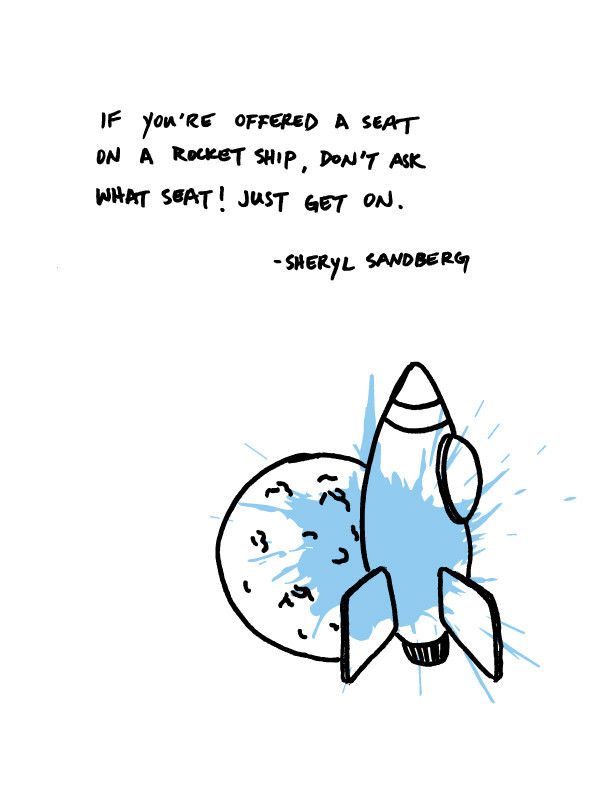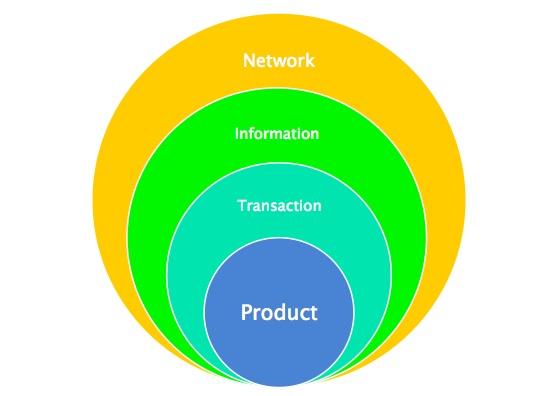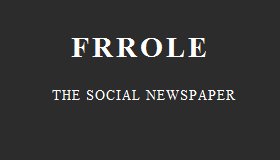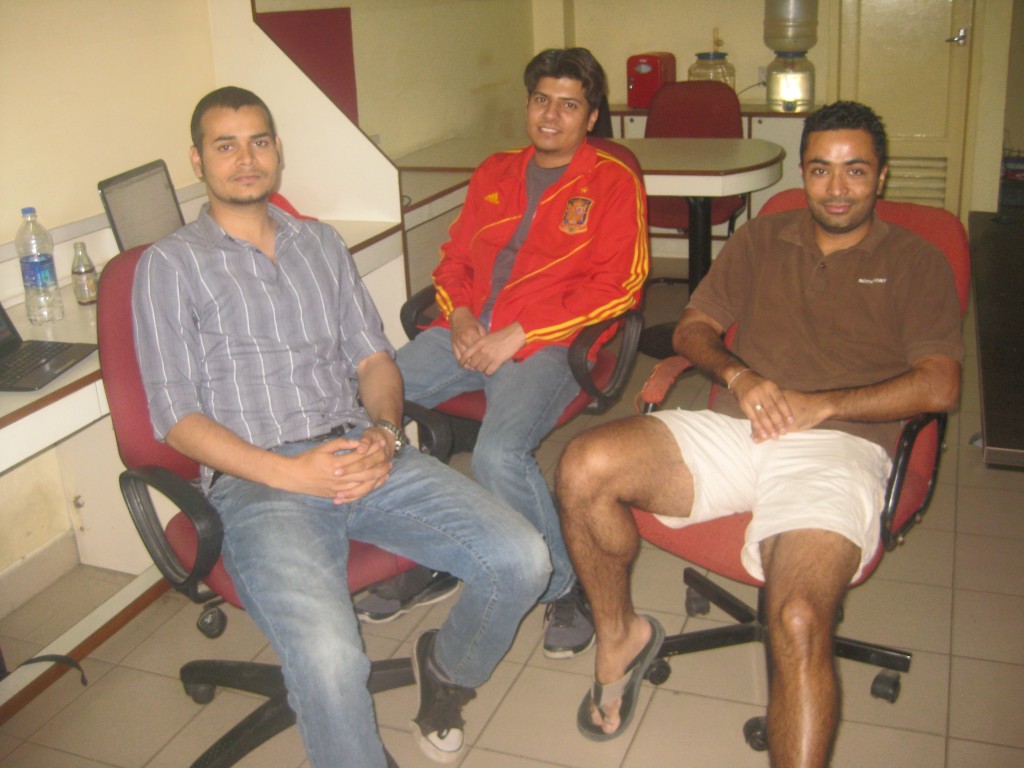You have an idea, and you start up. Then you quit your job, and pursue it full-time. What follows next is the quintessential dilemma of a startup founder — “Should I raise money now?” Unless you have a machine that mints money, you will find yourself wondering about it in your startup journey. In mine, I reached stages where I had questions in my mind to which raising money was one of the answers.
You Have An Idea And It Needs Investment
You have an idea which you need to transform into a functional product. You will need resources for that. Times have changed, and nowadays, investors rarely prefer to invest in startups in the idea stage. Having a fabulous idea is not enough; it’s the successful implementation of the idea that eggs the investors on to invest in you. Raising money in the idea stage is not entirely impossible, though. You might still stand a chance if you have graduated from an Ivy league college, have a great work experience, or have built a successful startup previously.
If you have a prototype ready, you can always pitch to the investors. Raising money from your friends and family is also an option, but I’m strongly against it.
My story: I did not have to hire someone to develop the first version of our product, or outsource it as I was a software developer myself. Moreover, my savings came to my aid as I was working part-time to sustain myself. So, I coded the app and launched it in February, 2010 while I was still working.
You Have A Product And A Question: Make Money Or Raise Money?
Pull all your PR strings at the time of your product launch as this is the only thing that will fetch you your first batch of users. If your product exceeds users’ expectations, you will not need to spend money on marketing it. You can take a cue from WhatsApp, Slack or even my own product, Crowdfire. However, you will definitely require money to incur operational and other expenses to keep the product up and running. That’s when you have to either find ways to make money, or raise money.
After 6 months of starting up, Crowdfire had reached a point where the server charges had eaten up almost all of my savings, and we needed to make money somehow in order to survive. I realised that there were only two ways to do it — look for funding or find a way to monetise the product. Back then, I had no connections within the investor community. Besides, raising money is a full-time task, and I was already juggling my day job as well as my startup.
With no other alternative in sight, I decided to go ahead and monetise my product.
Now the thing is, if you’re a consumer product, making money can be difficult in the beginning because charging users before they even use the product might not be the best idea. However, if your target audience is not the consumers, i.e., you have a B2B model, and you want to make a viable business out of it, you should totally monetise it. We monetised Crowdfire and decided to go the freemium way.
First prove to the user that the product provides value. Then ask them to pay a part of that value as your charge. Win!
— Nischal Shetty (@NischalShetty) August 17, 2015
Do You Have The Money To Put Together An A-Team?
People are using your product, but you would want to grow it. There will, again, come a point when you (and your teammates or co-founder) will realise that you want more — to level up and build a company. You need people in order to build a company. Finding people of your tribe, people who are willing to take the risk of an early stage startup is tougher than you can ever imagine. In 2012, I quit my job and went full-time with Crowdfire because it was making me more money than my job was. Moreover, I made my co-founder quit his job too, and together the two of us decided that it was time to build a company. We had 600K users back then, and only one thing in mind: To build the best marketing product. We met investors, and even got the term sheet. However, there was a catch: The investors offered us $ 500,000 and in turn set a target in front of us — to reach 5 million users in 24 months. With the amount of money offered, the target seemed almost unachievable. After a lot of discussions, we decided that if we were to go down, we might as well do so without wasting the investors’ money. To us, it was a risk not worth the rewards that it offered. And 15 months later, as a bootstrapped startup we had 7 million users, and a revenue of over million dollars. If not money, we did take a big lesson away with us during our first tryst with the investors: The first step to success is to aim high.
It’s Time To Go All Out And Capture The Market
For some of you, raising money may have been the answer in the third stage itself. Looking back, we realised that we didn’t really need the money back then, and hence, going for funding just for the heck of it would have been disastrous.
Company A raising $100M is part of their growth plan. You raising because they raised is part of your death plan.
— Nischal Shetty (@NischalShetty) August 10, 2015
After a point, even great traction doesn’t seem good enough. Fast isn’t fast enough. You want greater traction, and faster progress. Even though we were making enough money to sustain ourselves, the revenue wasn’t enough to fuel our growth. On top of it, we wanted to shed our image as a “follow-unfollow feature” as we had surpassed that stage long ago. It was evident that external funding was needed to fuel our product growth as well as help us increase our market share.
In February, 2015, we raised a Series A funding of $ 2.5 million from Kalaari Capital. It’s been a year, and we’ve just released the beta version of Crowdfire 2.0 — your marketing assistant on iOS (you can get early access here), and I’ve never felt prouder of my team. Crowdfire 2.0 is going to help small businesses like e-sellers, cafe owners, bloggers, authors, youtubers, influencers, photographers, freelancers and startups market themselves by being their marketing assistant. These small businesses would not be at a disadvantage anymore for lack of a marketing team compared to big businesses that can afford one.
We’re just getting started. But, there’s one thing that I firmly believe in. Stay bootstrapped for as long as you can. In Paul Graham’s words:
Don’t raise money unless you want it and it wants you.
Guest Post by Nischal Shetty, CrowdFire







